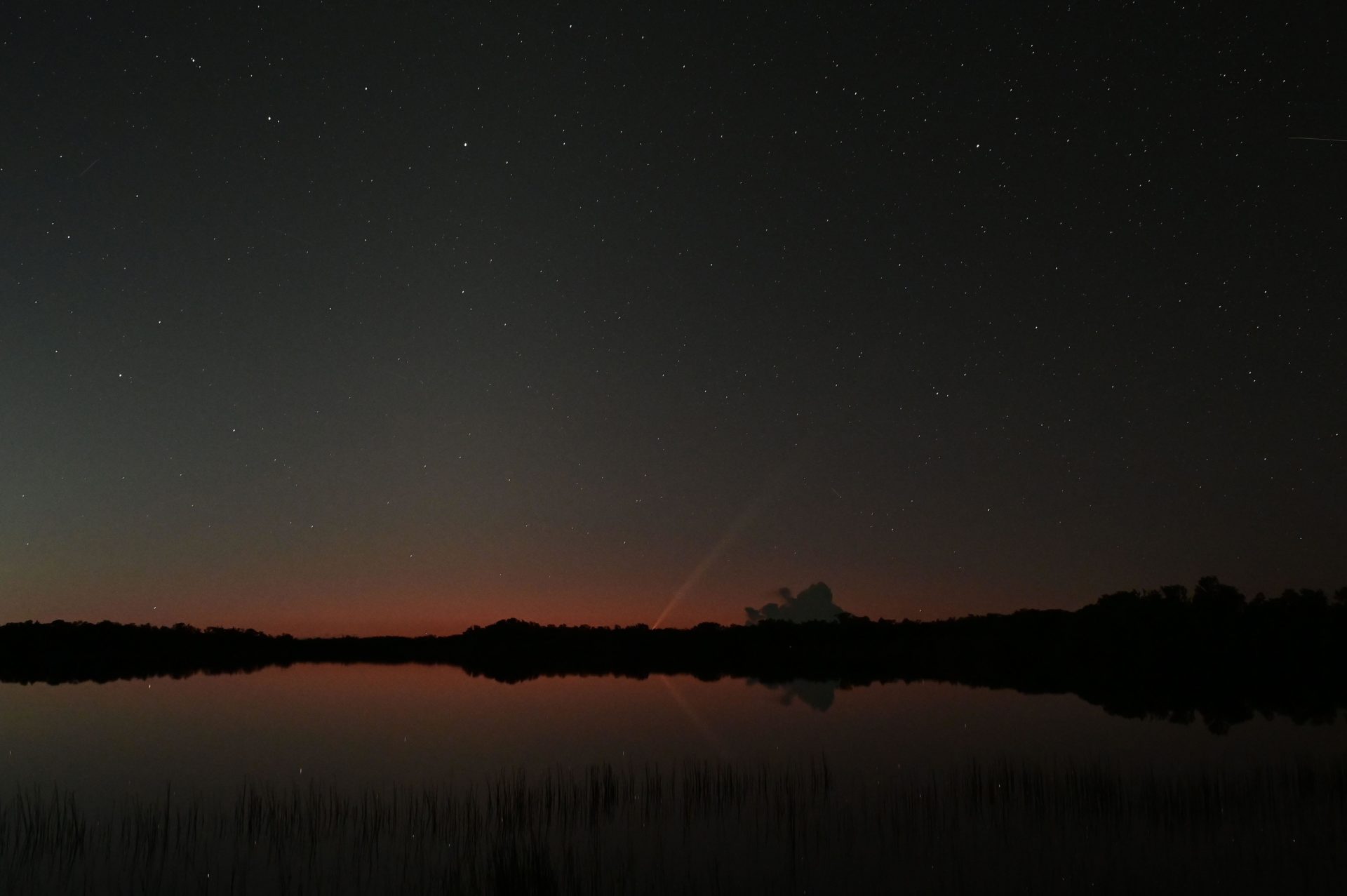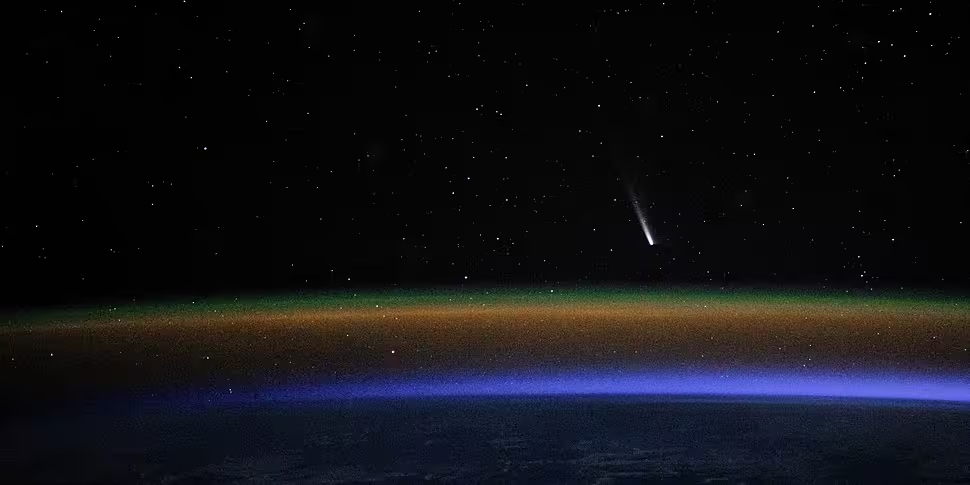After this week’s stunning Northern Lights display above Ireland, the country is again set for a front row seat to another astronomical phenomenon.
From as early as today, Comet A3, also known as Tsuchinshan-ATLAS could be visible from the northern hemisphere.
Comet A3 is only visible from Earth roughly once in every 80,000 years – meaning Neanderthals were still walking the planet the last time it was seen.
To give yourself the best chance of spotting the comet, NASA astronomer Bill Cooke said to “choose a dark vantage point just after full nightfall and look to the southwest.”
The comet will have disappeared by early November and will not be seen again for the next 800 centuries.
 A digital enhancement of an image of Comet C/2023 A3 or Tsuchinshan-ATLAS from NASA, 23-09-2024. Image: Alamy
A digital enhancement of an image of Comet C/2023 A3 or Tsuchinshan-ATLAS from NASA, 23-09-2024. Image: AlamyA good DSLR camera will probably give you the best pictures but Dr Robert Massey of the Royal Astronomical Society (RAS) said you can still get good results with a phone and a small telescope.
Holding the phone camera up to the eye piece of the telescope "worked well with comets like NEOWISE and it might work well with this one, depending on how bright it is", he said.
"If it's genuinely easy to spot, you might be able to pick up your mobile phone, rest on something, and just point and shoot," he added.
Comet A3 was already visible between 27th September and 2nd October but will be re-appearing between the 12th and 30th of October.
It was discovered in January 2023, independently by two different observatories, one in China and one in South Africa.
 A digital enhancement of an image of Comet C/2023 A3 or Tsuchinshan-ATLAS from NASA, 23-09-2024. Image: Alamy
A digital enhancement of an image of Comet C/2023 A3 or Tsuchinshan-ATLAS from NASA, 23-09-2024. Image: AlamyThe comet comes from the ‘Oort Cloud’, a giant spherical shell surrounding our solar system.
The ‘cloud’ is made of icy pieces of space debris, and home to most long-period comets, which take over 200 years to orbit the sun.
It is an “incredibly large” distance from Earth said Dr Massey, much further than most asteroids we are used to seeing.
It’s unsure where Comet A3 goes after it disappears from Earth’s view.
While it isn’t expected to pass to close to any planets, it could be flung out into the solar system “like a stone from a sling”, said Mr Cooke.
But he said he "learned a long time ago not to gamble on comets. We'll have to wait and see".
Reporting from Aoife Daly and IRN.









